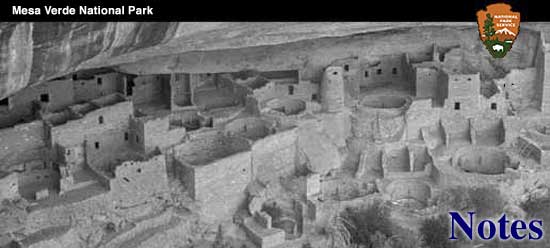

|
In order to protect the native Navaho and Pueblo Indian silversmiths who wish to turn out genuine, handmade silver and turquoise jewelry, the Indian Arts and Crafts Board, meeting in Albuquerque, New Mexico, in February, voted unanimously to adopt certain standards that will be enforced by the Government. This action came only after much study of the problem. Counsel of Indians and Indian traders was sought on every point. This need of protection for Indian silversmiths has long been evident. Because of a flourishing curio trade, machine made jewelry has flooded the markets and the prospective buyers have had no way of knowing whether they were getting genuine Indian jewelry. In hopes of remedying this situation the Indian Arts and Crafts Board has set certain standards. In order to merit the Government stamp of genuineness Indian silver objects must be made according to the following specifications:
All silversmiths who meet these requirements will be allowed to stamp their products with a stamp provided by the Government. This will be a mark of genuineness, much like the hall-mark on Sterling silver. The buyer of Indian silver jewelry will thus be able to distinguish genuine articles from those made by machinery. In a recent circular the Indian Arts and Crafts Board set forth the following regulations governing the marking of hand made jewelry; 1. All dies used to mark silver will be provided by and owned by the Indian Arts and Crafts Board. 2. For the present the Indian Arts and Crafts Board reserves the sole right to judge what silver complying with its standards shall bear the Government mark. All such marking of silver shall, for the present, be done by an agent of the Indian Arts and Crafts Board. 3. No piece of silver, though made in compliance with the standards set forth by the Indian Arts and Crafts Board, shall bear the Government mark unless;
4. Dies are marked with name of tribe. A Navaho stamp will be used where the maker is a Navaho Indian; similarly, for Zuni, Hopi, and Rio Grande Pueblo. 5. All dies will be numbered, and each wholesaler or dealer will be held responsible for any violation of standards in silver that bears his mark. Until such time as the Board relinquishes its sole right to mark silver, the responsibility of the dealer for whom silver is marked will be confined to misrepresentations as to quality of silver and of stones used for ornament and to methods of production. 6. In addition to silver currently made in compliance with standards of the Indian Arts and Crafts Board, other silver products made prior to the promulgation of these regulations may be stamped, provided the maker thereof is known to be an Indian, and the product satisfies the requirements in paragraph 3. 7. Any dealer offering for sale silver bearing the Government mark shall display in a prominent place a placard setting forth the standards and these regulations, such placard to be furnished by the Indian Arts and Crafts Board. | ||||||
| <<< Previous | > Cover < |
vol7-2g.htm
14-Oct-2011